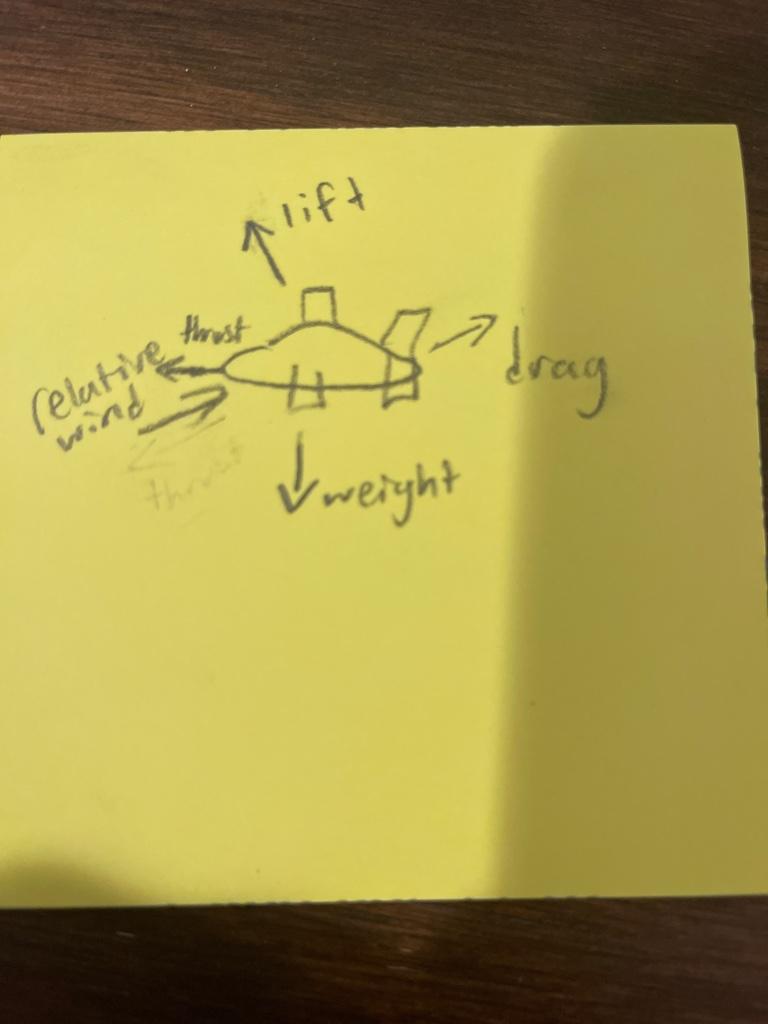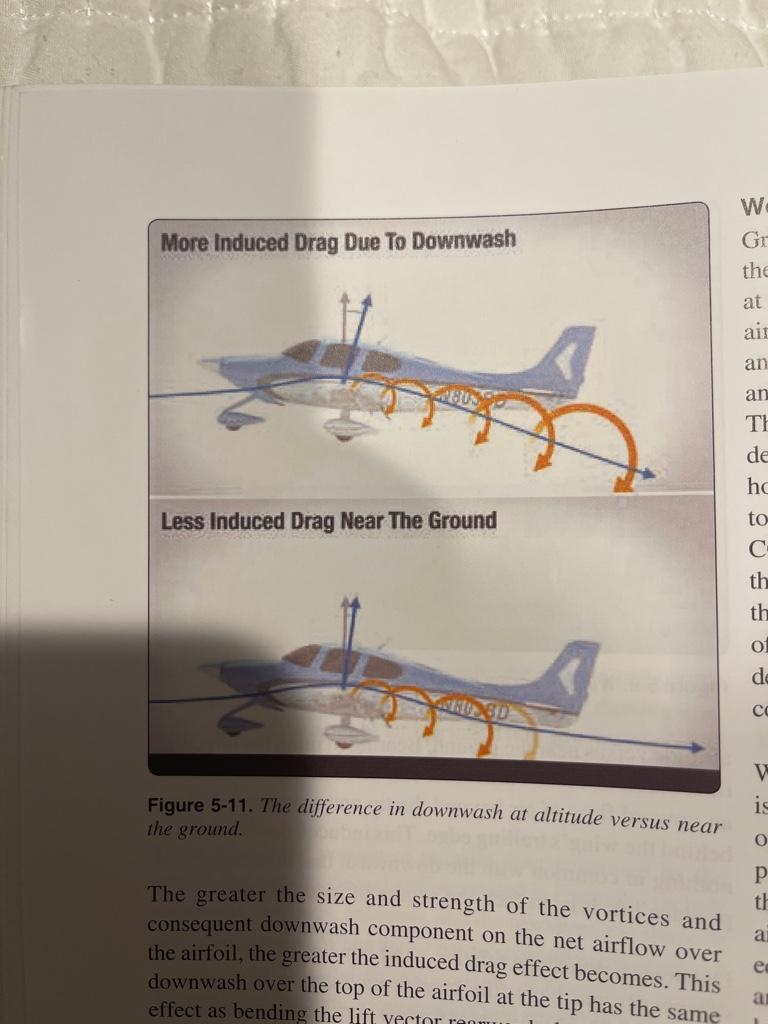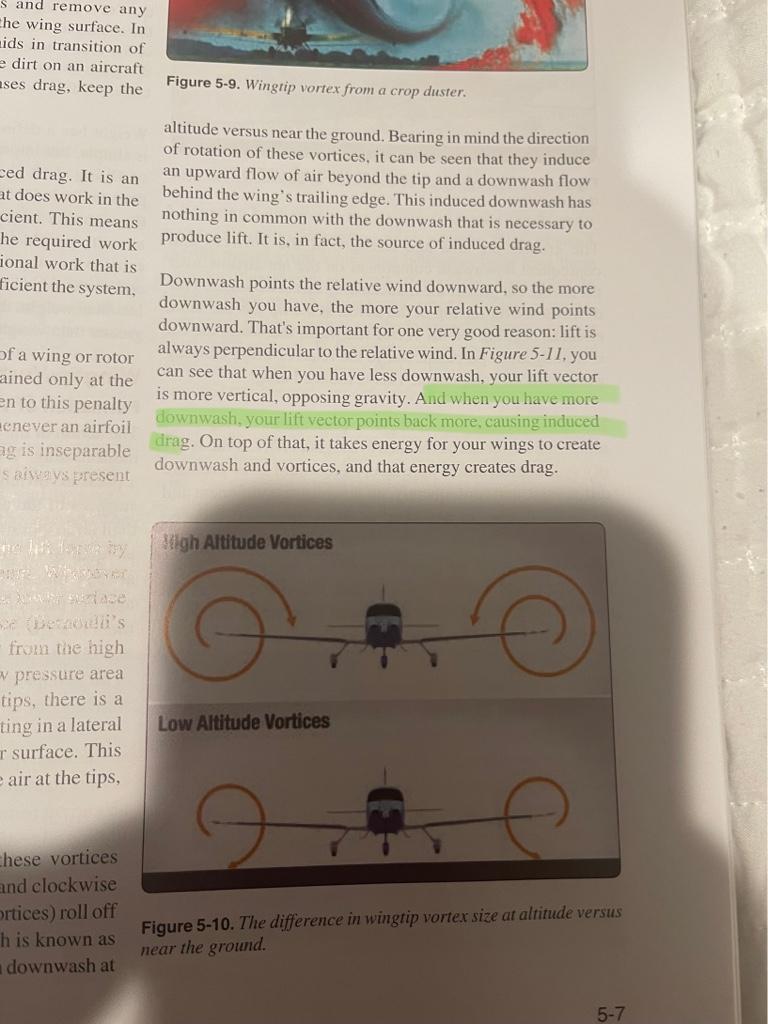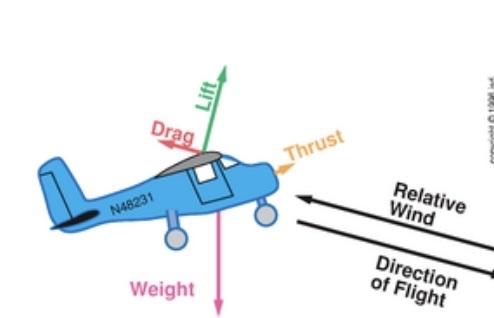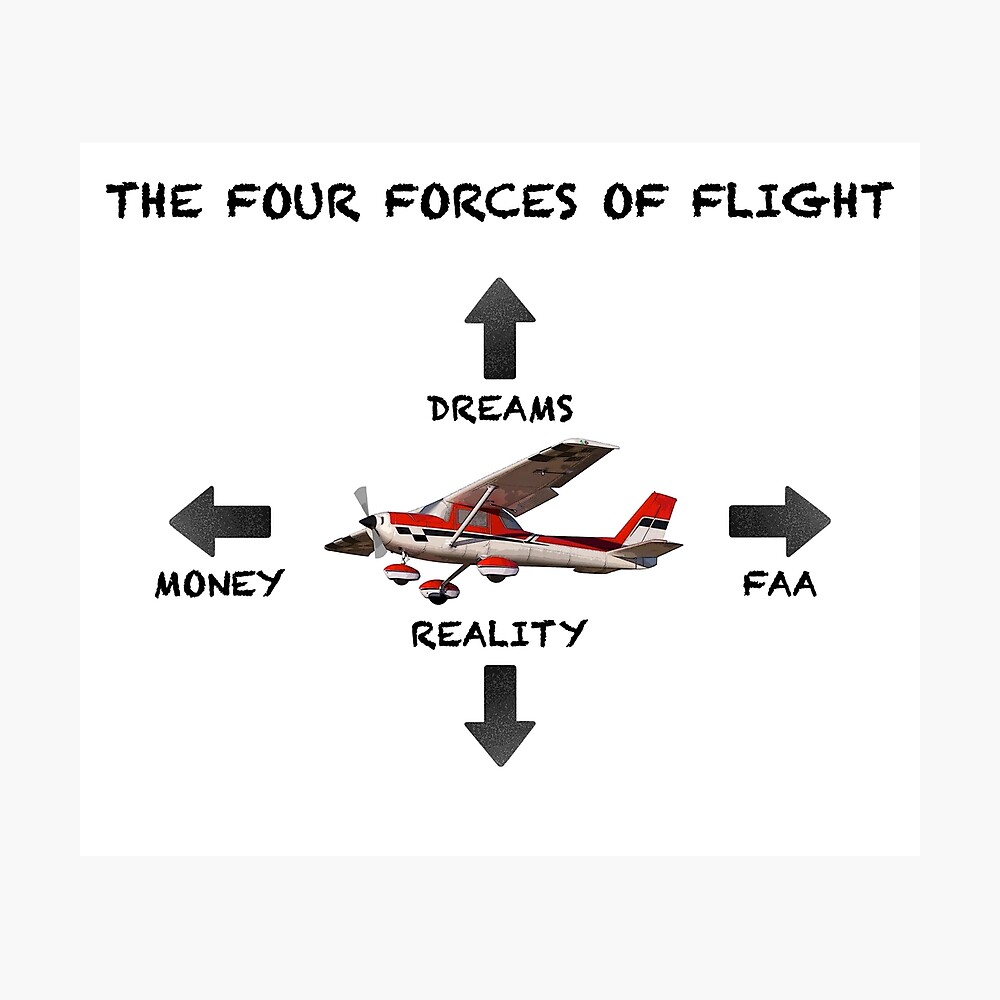HF17
Pre-Flight
- Joined
- Dec 21, 2021
- Messages
- 61
- Display Name
Display name:
HF17
This might be a stupid question, again. But I’m trying to think about what the four forces of flight would look like for an airplane behind the power curve while in a descent. I understand that ahead of the power curve, there is a horizontal component of lift and weight acting forward making the airplane speed up. Is this what the forces would look like while being behind the power curve in a descent?
